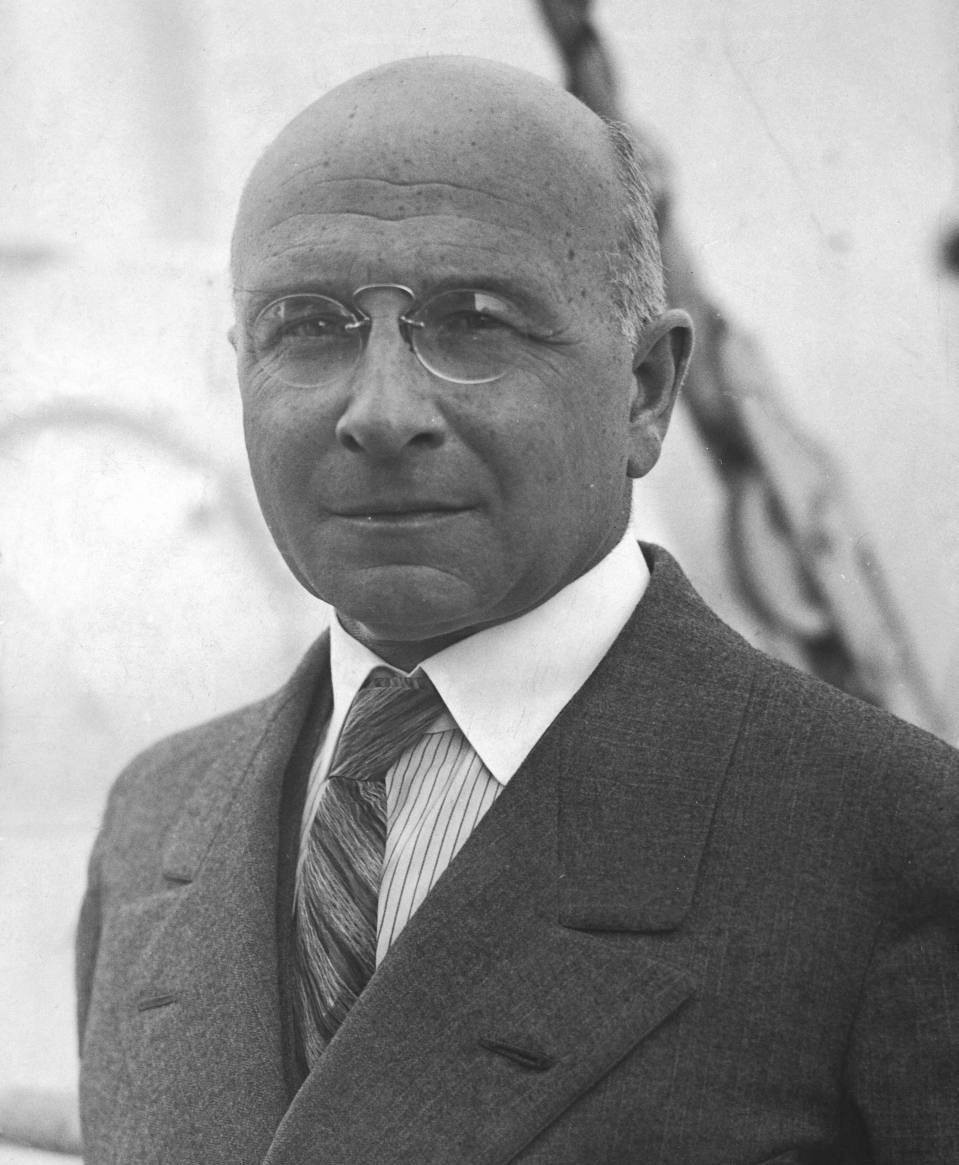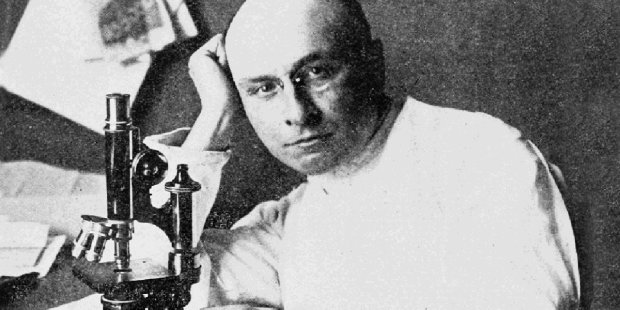In 1858, in a small town in rural France called Lourdes, the Virgin Mary appeared to a simple peasant girl named Bernadette Soubirous, saying, “I am the Immaculate Conception.” She asked her to tell others about her message of prayer and penance.
Knowing that many would doubt Bernadette, she showed her a spring of water, suddenly flowing from a rock-face by the river. Very soon, many people started coming to this spring in a grotto in the rock, to pray to Our Lady, and to wash themselves with its waters.
It wasn’t long before people starting reporting miraculous cures, and within a few years, all of Europe had heard of this town of Lourdes. Since 1858, 69 miraculous healings – which is to say, healings without any natural scientific explanation – have taken place at Lourdes.
These healings were all certified by a hospital of independent doctors and scientists, many of whom, over the years, remained unbelievers, despite their inability to explain the miracles that have happened there. What did they lack, having seen these miracles?
In 1892, the great French novelist Émile Zola, a fervent agnostic, believing that the discoveries of modern science had shown faith to be both impossible and unnecessary, took a trip to Lourdes with much publicity, hoping to gather material for a novel.
He hoped to expose the gullibility of popular religion in an age of science. He famously said, "I only want to see a cut finger dipped in water and come out healed." Instead, he came to know a young woman suffering from lupus and tuberculosis, a certain Marie Lemarchand.
To his surprise, that woman, whom he had clinically inspected, after bathing in the waters blessed by the Virgin Mary, was completely healed. Later, her diseases having failed to return, her case was officially declared "miraculous".
Even though Zola had come to Lourdes daring faith to prove him wrong, having found the supernatural fact he had sought to disprove, he would not believe: "Were I to see all the sick at Lourdes cured,” he said, “I would not believe in a miracle."
He later wrote a novel called "Lourdes", wherein he portrayed a young woman healed there, only later exposed to be the subject of psychosomatic delusion. When challenged as to why he changed the facts of the story, he replied, an artist could do what he wanted.
Zola died in 1902, still an agnostic. That same year, another agnostic arrived at Lourdes, this time the French scientist Alexis Carrel, later inventor of the heart pump and pioneer in vascular suture and organ transplant, as well as winner of the Nobel Prize in Medicine.
Carrel yielded to the demands of a friend who insisted he travel to Lourdes to investigate the healings of patients there. On the train he met Marie Bailly, a woman dying of tubercular peritonitis. The next day she was taken to the shrine.
Her hugely swollen abdomen was washed three times with water from the spring at Lourdes. By the afternoon her abdomen was flat; by the evening she was sitting up – talking and eating. The next day she returned home to Lyons, and she made a full recovery.
The tuberculosis had completely disappeared, decades before the discovery of antibiotics. Perhaps more amazingly, after returning home she decided to enter religious life and joined the Sisters of Charity, living thirty more years until her death from natural causes.
Carrel wrote about this miracle he witnessed, and testified that he could not explain it. And yet, it was not enough to compel his belief. He remained agnostic, though his testimony was enough to provoke the secular French university system to refuse him an appointment.
He left France and soon after gained a position at the Rockefeller Institute in New York, where he spent the rest of his life. But in 1939, at the age of 66, thirty-seven years after he witnessed the healing of Marie Bailly, Carrel began to question his own unbelief.
He met with a Trappist monk, with whom he had conversations about the truth of the Catholic faith. And in 1942, he returned to the Catholic faith of his childhood, and died two years later, having received Last Rites from that same monk on his death bed.
Which was the greater sign? The complete healing of Marie Bailly from tuberculosis? Or her entrance into religious life, living as a nun for thirty years before her death? Or was the greater sign the eventual conversion of the scientist Alexis Carrel himself?
Today you can travel to Lourdes, just as Émile Zola and Alexis Carrel did, and still see thousands of sick pilgrims coming every day, to be washed at the spring and to pray at the grotto of Our Lady. Most are not healed, as far as we can tell, though a few sometimes are.
But many pilgrims, if not most, receive an even greater gift there: faith, which can only be received by the humble. (The picture is of the evening candlelight procession at Lourdes, which has taken place, with the praying of the rosary, every night at 9pm, since 1863.)
For a list of those having been healed at Lourdes, officially investigated and recognized by the Church: https://www.lourdes-france.org/en/miraculous-healings/

 Read on Twitter
Read on Twitter













